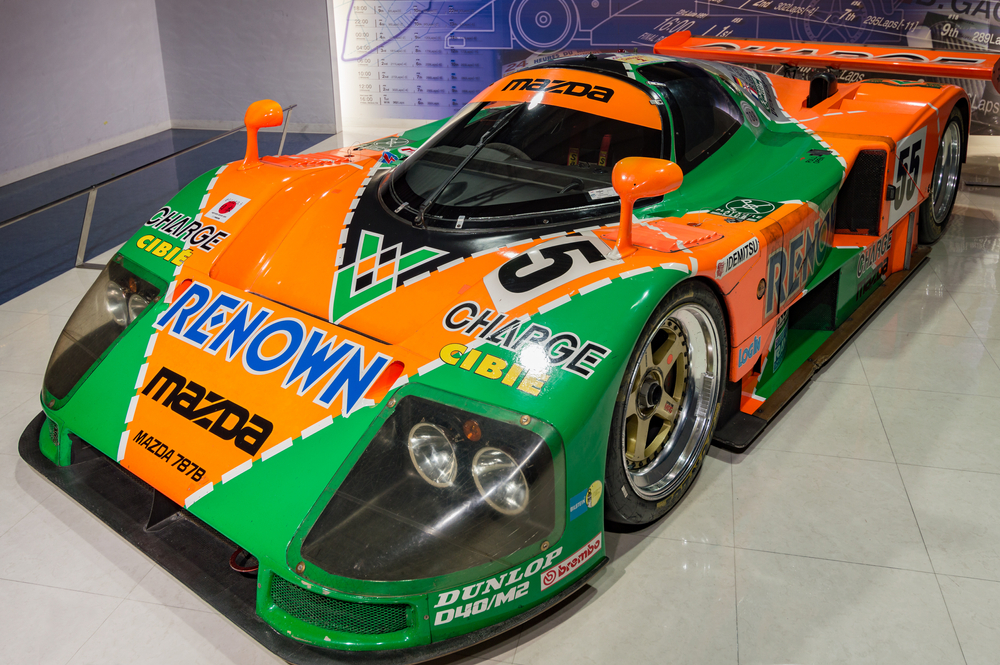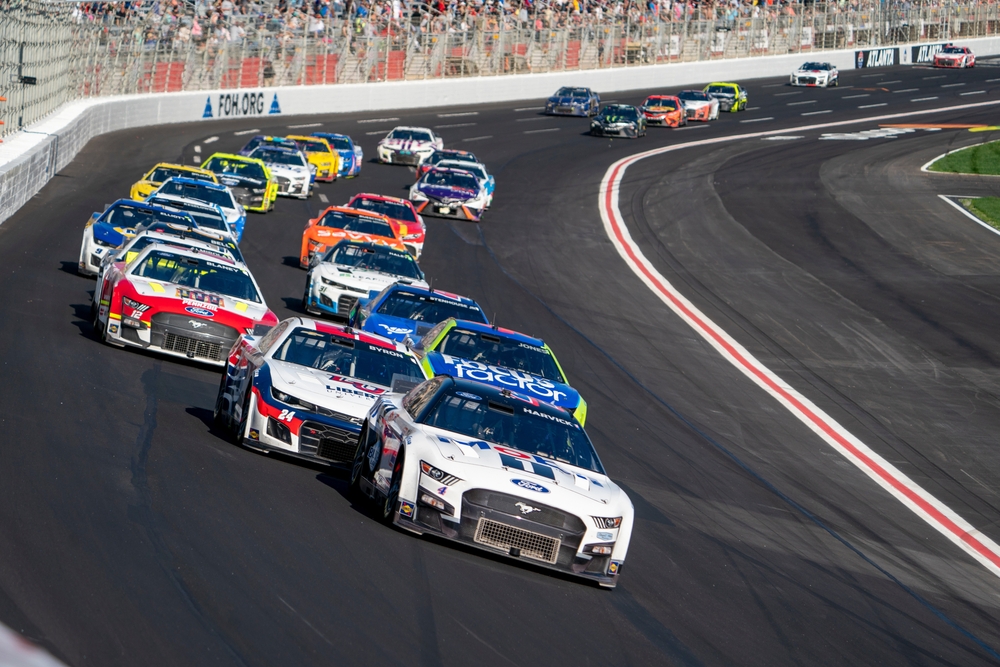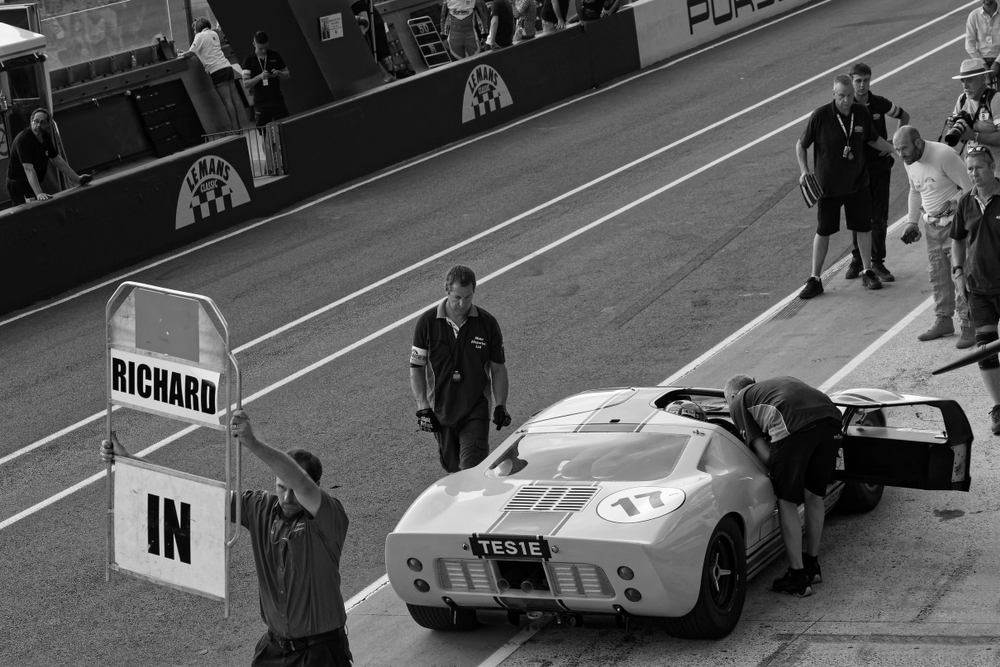Race cars have long captivated enthusiasts with their blend of speed, engineering, and cutting-edge technology. While many are familiar with these machines’ iconic names and legendary victories, countless intriguing details often go unnoticed. These lesser-known facts reveal the ingenuity and unique characteristics that make each car exceptional. Delving into the intricate aspects of their design and performance offers a deeper appreciation for the engineering marvels that have dominated race tracks worldwide.
Contents
BMW M3 E30 – Touring Car Champion

The BMW M3 E30 is legendary in touring car racing, but a lesser-known fact is its engine’s origin. The M3 E30’s four-cylinder engine was derived from the BMW M10 engine, which powered BMW’s early road cars in the 1960s. This engine, extensively modified and refined, delivered remarkable performance and reliability, helping the M3 E30 dominate touring car championships. This connection to BMW’s engineering heritage underscores the importance of continuous development and innovation in motorsport success.
Mazda 787B – Rotary Engine Marvel

The Mazda 787B, which won the 1991 24 Hours of Le Mans, is notable for its unique rotary engine. The 787B’s 4-rotor Wankel engine produced a distinct sound and delivered exceptional power and reliability. This engine design was not only different from traditional piston engines but also showcased Mazda’s commitment to innovation and unconventional engineering solutions. The 787B’s victory at Le Mans remains a testament to the potential of rotary engines in endurance racing.
Lancia Stratos – Compact Powerhouse

The Lancia Stratos, a dominant force in rally racing during the 1970s, had a remarkably compact design. Despite its small size, the Stratos was powered by a potent Ferrari V6 engine. This combination of a lightweight chassis and powerful engine gave the Stratos exceptional agility and speed, enabling it to conquer a variety of rally stages. The Stratos’ compact design and powerful performance highlight the effectiveness of balancing power-to-weight ratios in rally car engineering.
Formula 1 Race Cars – Titanium Pedal Pads

In Formula 1, the pedal pads of the race cars are often made of titanium. This metal is chosen for its combination of lightweight and durability, crucial in a sport where every gram counts. Titanium pedal pads can withstand the extreme forces and temperatures generated during races, providing drivers with the reliability they need to perform at their best. This choice of material showcases the high level of engineering and attention to detail in F1 car design, ensuring maximum performance under the most demanding conditions.
McLaren MP4/4 – Unprecedented Dominance

The McLaren MP4/4, driven by Ayrton Senna and Alain Prost in 1988, is one of the most dominant cars in Formula 1 history. It won 15 out of 16 races that season, a record that still stands. This car was designed by Steve Nichols and featured a Honda turbo engine that produced immense power while maintaining reliability. Its low-profile design and advanced aerodynamics gave it a significant edge over the competition, showcasing McLaren’s engineering prowess and strategic innovation in F1.
Subaru Impreza WRX STI – Rally Legend

The Subaru Impreza WRX STI made a name for itself in the World Rally Championship (WRC), particularly with its success in the 1990s. A little-known fact is that the car’s flat-four “boxer” engine, coupled with its symmetrical all-wheel-drive system, provided a lower center of gravity and superior balance. This configuration allowed it to navigate the treacherous and varied terrains of rally racing with exceptional agility and control, contributing to its legendary status and numerous championship titles.
Lotus 79 – Ground Effect Pioneer

The Lotus 79, designed by Colin Chapman, revolutionized Formula 1 with its use of ground effect aerodynamics. This car was the first to fully utilize the principles of ground effect, where the car’s underside shape created significant downforce without increasing drag. This innovation provided better grip and higher cornering speeds, setting a new standard in F1 car design. The Lotus 79’s success in the late 1970s, including a World Championship for Mario Andretti, highlighted the impact of aerodynamic engineering on racing performance.
Porsche 917 – Speed Record Setter

The Porsche 917 is famous for its dominance at Le Mans and other endurance races, but a lesser-known fact is its role in setting speed records. The 917 was the first car to exceed 240 mph on a public road, thanks to its powerful flat-12 engine. Its advanced aerodynamics and lightweight construction made it not only fast but also exceptionally stable at high speeds. This record-setting performance underscored Porsche’s commitment to pushing the boundaries of automotive engineering and speed.
NASCAR Race Cars – Unique Engine Cooling

NASCAR race cars utilize a unique method of engine cooling. They often use ice packs placed around the fuel lines to cool the fuel before it enters the engine. This practice prevents the fuel from vaporizing due to the extreme heat generated during races, ensuring optimal performance and power delivery. This simple yet effective cooling technique highlights the ingenuity and practical problem-solving prevalent in NASCAR engineering, where maintaining engine efficiency is crucial for success.
Ford GT40 – Secret Weapon

The Ford GT40, known for its success at Le Mans, had a secret weapon: its lightweight magnesium wheels. These wheels were not only lighter than traditional aluminum wheels but also provided better heat dissipation. This advantage helped the GT40 endure the grueling 24-hour race, where component durability and weight savings were critical. The use of magnesium wheels was a testament to Ford’s innovative approach and attention to every detail in their quest for racing glory.
McLaren F1 Road Car – Gold-Plated Engine Bay

The McLaren F1 road car, renowned for its speed and engineering, features an unusual but practical design choice: a gold-plated engine bay. Gold is an excellent heat reflector, and the plating helps to manage the extreme temperatures generated by the car’s 6.1-liter V12 engine. This unique use of gold in a car’s construction demonstrates McLaren’s commitment to leveraging advanced materials and technology to enhance performance and reliability, setting the F1 apart as a technological marvel.
Ferrari 312T – Revolutionary Gearbox

The Ferrari 312T, driven by Niki Lauda, introduced a revolutionary transverse gearbox design. This design improved the car’s handling by allowing a more balanced weight distribution. The transverse gearbox layout placed the transmission ahead of the rear axle, optimizing the car’s center of gravity and improving stability in corners. This innovation played a significant role in the 312T’s success, helping Ferrari secure multiple championships and showcasing their engineering creativity.
Audi Quattro – All-Wheel Drive Innovator

The Audi Quattro was the first rally car to effectively utilize all-wheel drive (AWD) in competitive racing. This AWD system gave the Quattro a significant advantage in traction and control, particularly on loose and slippery surfaces. The Quattro’s success in the World Rally Championship during the 1980s revolutionized rally car design and set a new standard for performance in adverse conditions, highlighting Audi’s pioneering role in AWD technology.
This article originally appeared on MyCarMakesNoise.
More from MyCarMakesNoise
23 Most Reliable Trucks for Lifelong Performance

Selecting a truck that combines durability with reliability ensures that it can handle both the rigors of daily tasks and the challenges of heavy-duty work. From rugged off-road adventurers to dependable workhorses, certain trucks have established themselves as lasting partners, built to endure through years of service. Read More
20 Underrated Destinations for Road Trip Lovers

Embark on a journey off the beaten path with our guide to America’s backroads—hidden gems that promise unforgettable road trip experiences. From breathtaking natural landscapes to quaint small towns, these lesser-known routes offer a unique way to explore the beauty and diversity of the United States. Read More
13 Classic Chevrolet Cars That Failed to Impress

When it comes to classic cars, not every model becomes a beloved icon. Chevrolet, a powerhouse in the automotive industry, has had its fair share of hits and misses over the decades.While many Chevys have won the hearts of car enthusiasts worldwide, some models missed the mark by a wide margin. Read More














